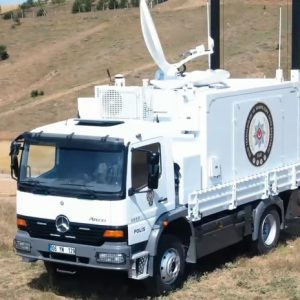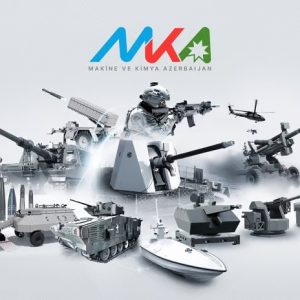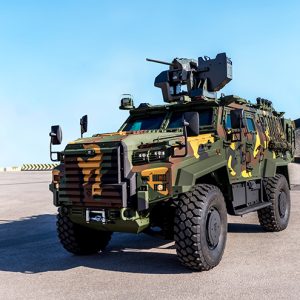
Leveraging Digital Twin Modeling in the US Department of Defense (DoD)
In the realm of technological advancements and defence strategies, the US Department of Defense (DoD) has embarked on a transformative journey by leveraging digital twin modelling. This innovative approach involves creating virtual replicas of physical objects and systems, allowing for real-time monitoring, analysis, and simulation. By integrating digital twin technology, the DoD can predict maintenance needs, enhance training simulations, and make data-driven decisions. This technology has the potential to revolutionize the defence sector by improving efficiency, collaboration, and strategic planning. However, challenges such as cybersecurity concerns must be addressed to ensure the security of sensitive military data. The DoD’s adoption of digital twin modelling signifies a pivotal shift towards modernization and improved operational readiness.
1. Introduction to Digital Twin Modeling
In a world where data reigns supreme, the concept of digital twin modelling has emerged as a game-changer. Digital twin refers to a virtual representation of a physical object, process, or system. The US DoD has harnessed this technology to create detailed virtual replicas of military equipment, installations, and even operational scenarios.
2. The Digital Transformation in Defense
The integration of digital twin modelling in the defence sector signifies a significant shift towards modernization. This technology enables real-time monitoring, analysis, and simulation of various defence assets. From naval vessels to aircraft, the DoD can now track performance, predict maintenance needs, and optimize resource allocation.
2.1 Enhancing Maintenance Strategies
Digital twin models allow the DoD to predict maintenance requirements accurately. By continuously collecting data from sensors embedded in military equipment, the DoD can identify potential issues before they escalate, reducing downtime and enhancing operational readiness.
2.2 Simulation for Training and Preparedness
Military readiness heavily relies on rigorous training. With digital twin modelling, the DoD can simulate complex training scenarios. Soldiers can practice manoeuvres virtually, while commanders analyze the outcomes and adjust strategies accordingly, improving tactical decision-making.
3. Data-Driven Decision Making
Incorporating digital twin technology empowers the DoD to make data-driven decisions with precision. The wealth of information collected from virtual replicas enables commanders to evaluate alternatives, assess risks, and choose the optimal course of action.
3.1 Strategic Resource Allocation
Whether it’s allocating resources for maintenance, deployment, or procurement, digital twin modelling aids in optimal resource distribution. This, in turn, maximizes efficiency, reduces wastage, and enhances the overall operational effectiveness of the armed forces.
4. Collaboration and Innovation
One of the most compelling advantages of digital twin technology is its ability to foster collaboration and innovation. With detailed virtual models accessible to various departments and stakeholders, the DoD can encourage interdisciplinary problem-solving and creativity.
4.1 Cross-Functional Collaboration
Different branches of the military can now work together more seamlessly. Army, Navy, Air Force, and other divisions can share insights from their digital twin models, leading to a holistic understanding of military operations.
5. Addressing Challenges and Security Concerns
While digital twin modelling offers immense potential, it also presents challenges. Ensuring the security of sensitive military data and preventing cyber threats is a critical concern. The DoD must invest in robust cybersecurity measures to safeguard both the virtual models and the physical assets they represent.
6. Conclusion
The US DoD’s adoption of digital twin modelling marks a turning point in military operations. By harnessing this technology, the armed forces can make informed decisions, improve efficiency, and stay ahead in an increasingly complex global landscape.
FAQs
Q1: What is a digital twin model?
A1: A digital twin model is a virtual representation of a physical object or system, used for monitoring, analysis, and simulation.
Q2: How does digital twin modelling benefit military training?
A2: Digital twin modelling enables realistic simulation for training purposes, allowing soldiers and commanders to practice manoeuvres and analyze outcomes.
Q3: What challenges does the DoD face with digital twin technology?
A3: Security concerns and cybersecurity threats are significant challenges, requiring robust measures to protect sensitive military data.
Q4: Can digital twin modelling be applied to various military assets?
A4: Yes, digital twin modelling can be applied to a wide range of military assets, including vehicles, installations, and operational scenarios.
Q5: What is the potential impact of digital twin modelling on resource allocation?
A5: Digital twin modelling enhances resource allocation by providing data-driven insights, minimizing wastage, and maximizing operational effectiveness.











